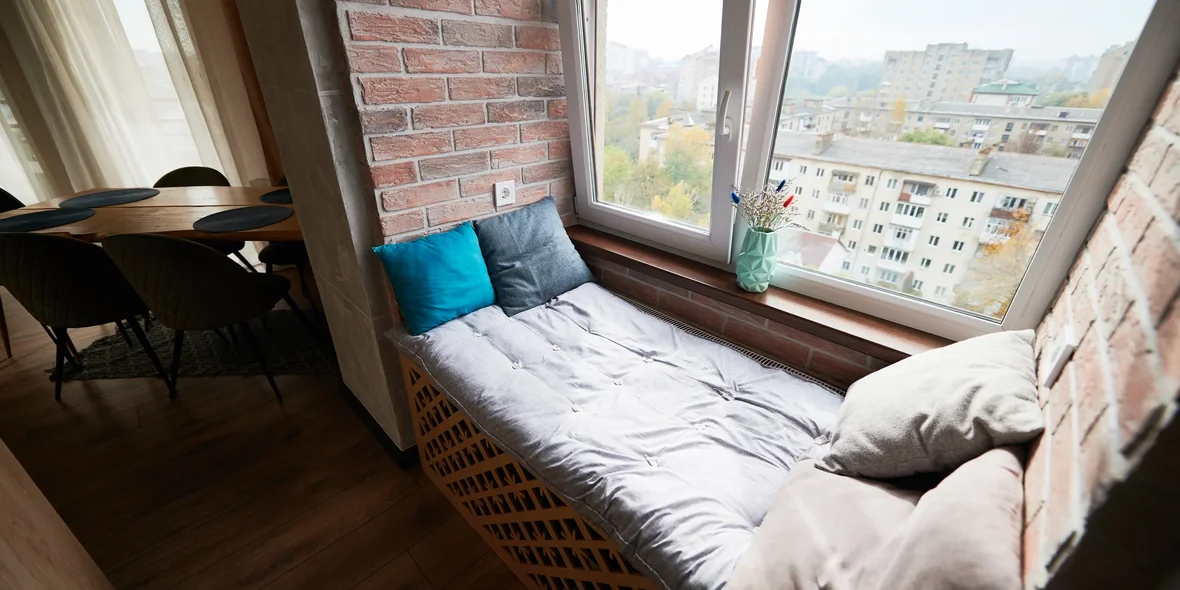
Loggia: What is It, and How is It Different From a Balcony?
Loggia is an architectural element of a building that is an open space with one or more walls, built into the overall volume of the building. Unlike a balcony, a loggia is located inside the outline of the house and is protected by walls on the sides. A balcony, as a rule, is a projection beyond the main outline of the building.
Types of loggias:
- Closed loggias are used all year round and are suitable for insulation and improvement for residential or functional areas. Most often, they have glazing and basic protection from adverse weather conditions.
- Open loggias do not have glazing, are more common in regions with a mild climate. They are used as summer terraces or recreation areas.
- Corner loggias are located on the corner of the building, creating a semi-panoramic view of the surrounding area.
A loggia adds space that can be used as a study, a recreation area, a winter garden, or even a mini-gym. However, it is worth considering that apartments with loggias are sold 5-10% more expensively than similar ones without them.







